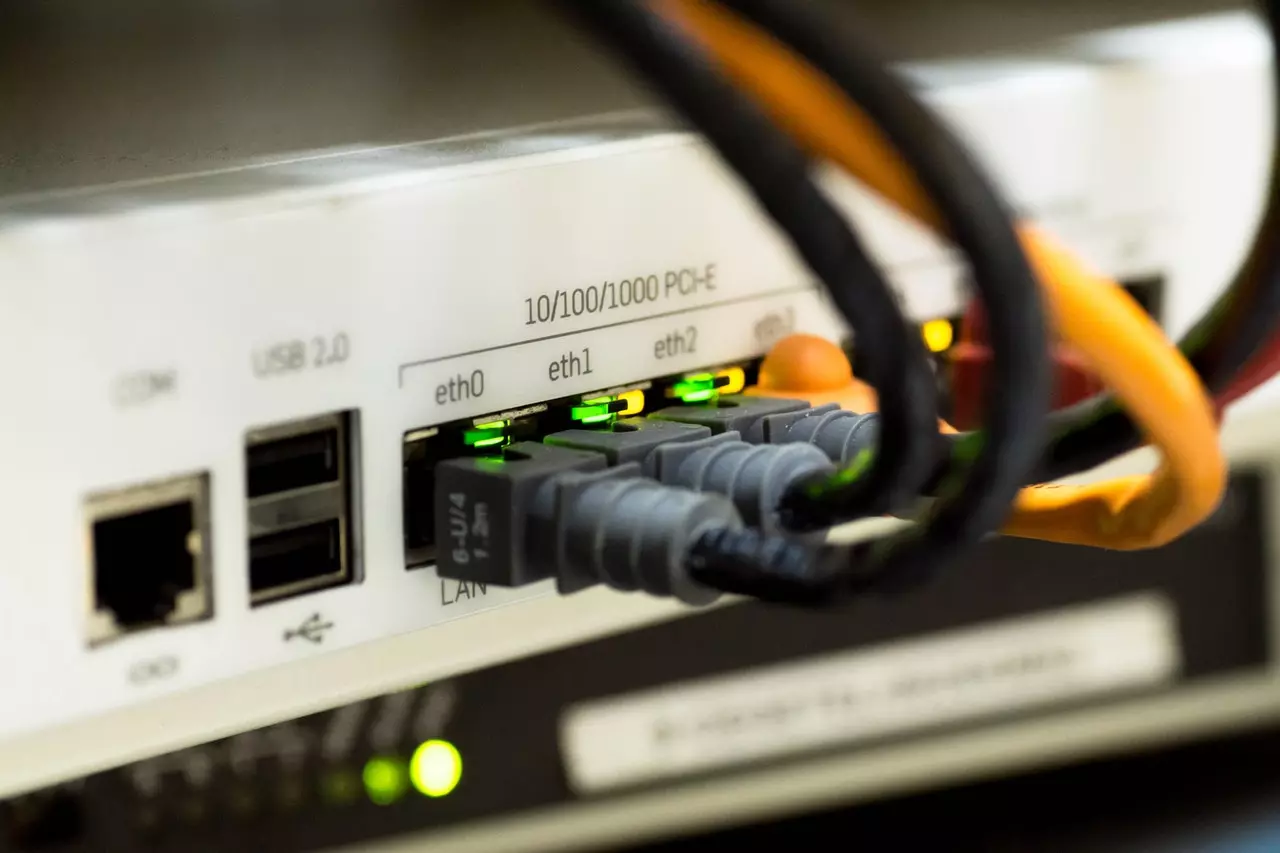In order to browse the internet, you use a browser. Your browser is the window through which you navigate the world wide web.
Browsing speed, which is understood to be the time taken for a webpage to load on the user’s device, is one of the most important factors that affect user experience.
We have seen how search engines have evolved over the years.
But, what about how web browsing speeds have changed?
A study published in 2005 found that an average website took 8 seconds to load on a dial-up internet connection. However, with advancements in technology and changes in consumer behavior, websites are now expected to load within 3 seconds or less.
In this article, we will discuss some of the things you can do to get faster web browsing speed.
We will explore the various factors that influence your web browsing speed and then give you some advice on how to improve your web browsing speed.
There are a number of reasons why you may be having a slow internet experience. We’ll explore all of these in turn and see what we can do to make your browsing experience faster.
It’s also important to remember that there is no one-size-fits-all approach when it comes to improving web browsing speed. You may need to take more than one step before you achieve the desired result.
How can I fix my slow browsing speed?
There are many reasons that can cause your browser to be slow. It could be due to your computer hardware, malware, how you set up your internet connection, or even the browser extensions you have installed.
Here are some tips on how to make your browser faster.
- For simple solutions, try resetting your browser’s settings.
- If it is a hardware issue, consider restarting the router (turn it off for about 30 seconds and then turn it back on).
- If it is malware, use antivirus software and scan for viruses.
- Consider using a different browser, or even reinstalling the one you already have.
Factors that affect the speed of your internet
Every time you open your browser or an app, it sends a message to the server to ask for information. The speed of your internet connection will depend on the number of messages that the server can send back in response.
The type of network connection you are using is also important. Is it Wi-Fi or mobile data? Mobile data connections are usually much slower than Wi-Fi because they use a different system for internet access. However, mobile data connections are more commonly available than Wi-Fi in areas where there is no Wi-Fi coverage.
Also, the internet speed is not the same for all users. Depending on your location and the ISP, you may experience different speeds.
Different factors affect your internet speed. Your physical location, the quality of your broadband connection, the number of other people using your service provider at any given time, or how close you are to a network exchange point.
Other factors might be Wi-Fi interference or weak signal, high traffic on networks or servers you connect to, or a problem with your home’s wiring or router.
The good news is that you can still enjoy lightning-fast speeds with a fiber-optic connection or 5G.
Why is my internet so slow even though the speed test says it is fast?
One possible explanation for this phenomenon is that the device you are using to do the speed test is not fast enough to provide an accurate reading.
There are also a number of reasons that an internet connection might be slow even if the Mbps is high. Possible causes could be a problem with the ISP, a poor wireless router, or bad weather affecting the signal.
The first thing to check, if you have been experiencing slowness for some time, is whether your internet connection has been up and running for the entirety of this time. If not, then there is likely something wrong with your Internet Service Provider (ISP). In this case, it would be best to contact them and ask for assistance.
You can also try to troubleshoot any problems with your wireless router by following instructions from its manual or contacting customer service. One common issue is that you may need to move the router closer to where you are using Wi-Fi wirelessly.
